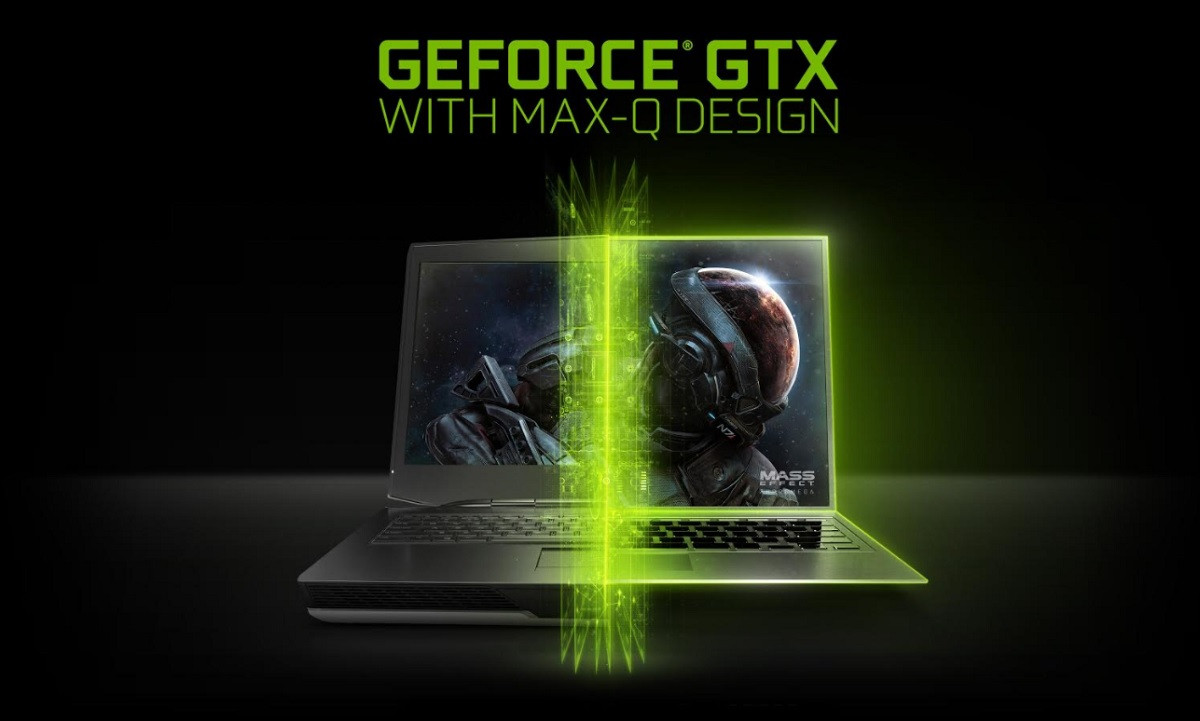By now, most of our beloved readers would’ve probably already heard Nvidia’s announcement about ‘Max-Q’ during its press event at Computex 2017. Max-Q is indeed on of the hottest topics to come out of Computex this year, but what is it exactly?
According to Nvidia, Max-Q is basically the company’s new ‘design approach’ towards gaming notebooks. Max-Q allows manufacturers like Asus, to come up with incredibly thin gaming notebooks like the ROG Zephyrus without sacrificing performance.
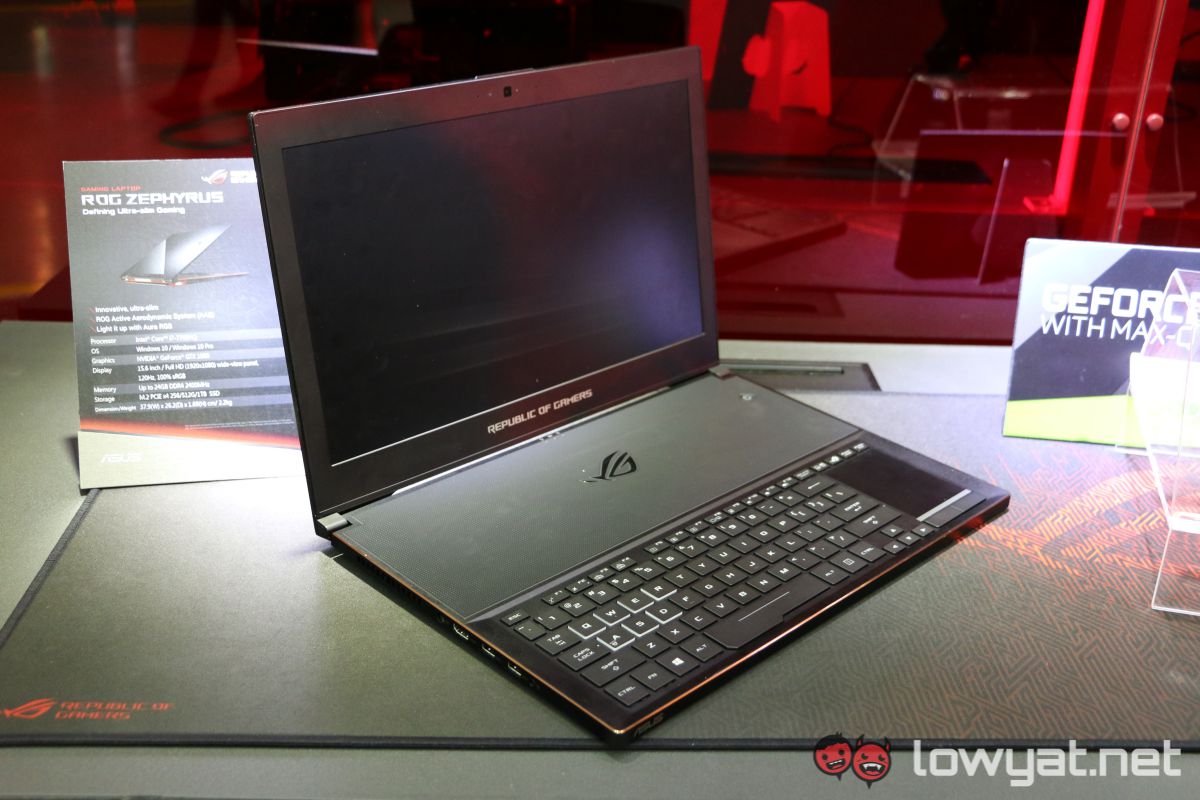
The most important thing to note about Max-Q is that it enables the gaming notebooks to operate at maximum efficiency. Every component from the GPU board, to the cooling system, and even the entire chassis of a Max-Q notebook was reengineered with maximum efficiency in mind. But what exactly is maximum efficiency?
Let’s take a look at it from a GPU standpoint. A GPU, when fed with more power (voltage) will, theoretically churn out more performance. Despite this, GPUs also suffer from diminishing returns. If the performance of a GPU was plotted on a graph, one would see that, at a certain point, more voltage that gets applied to the GPU will only result in smaller and smaller performance gains – before eventually hitting a brick wall called “thermal throttling.’
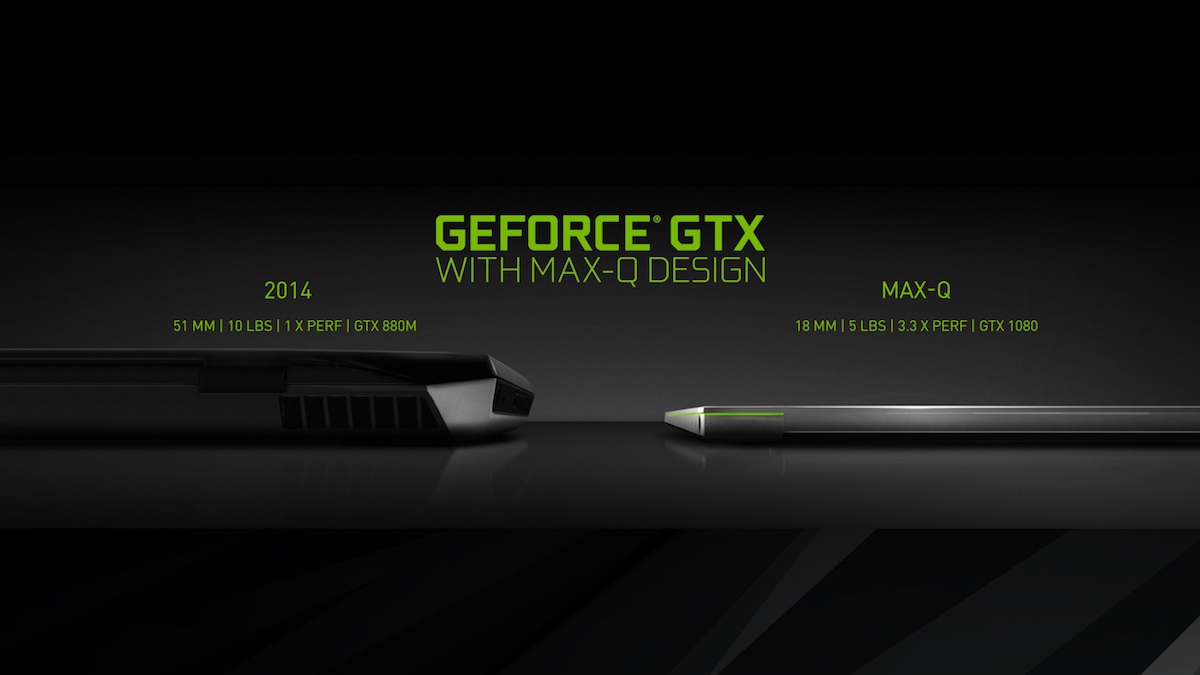
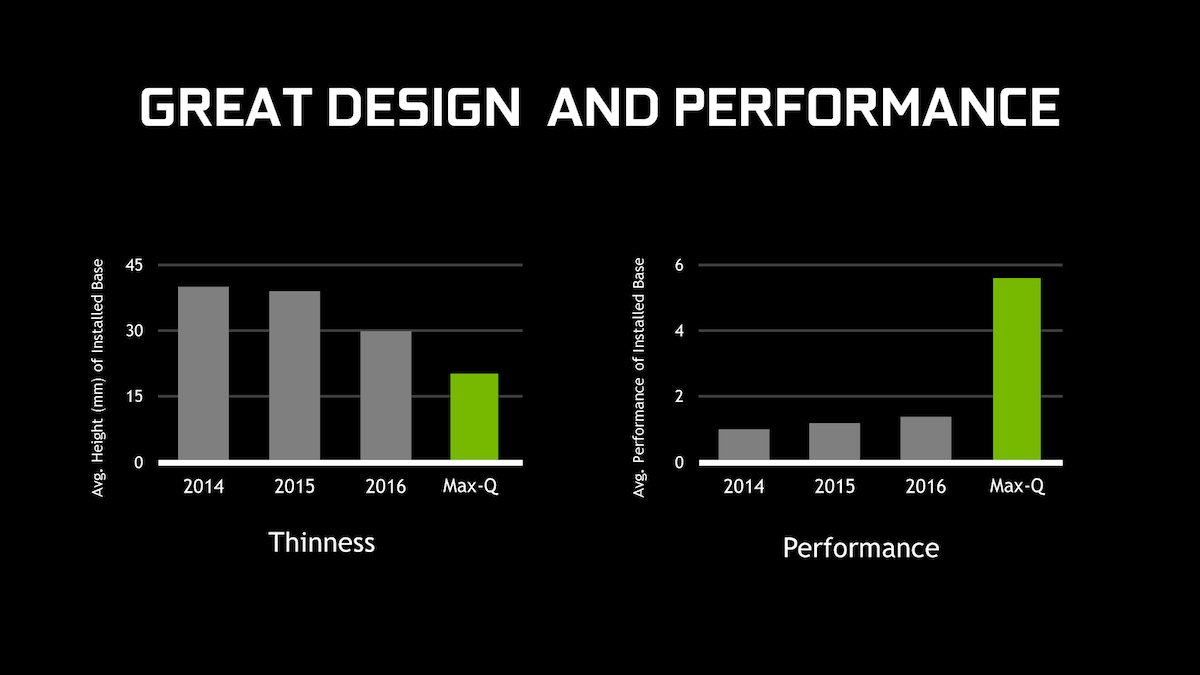
Knowing this, Nvidia has decided that in order to make notebooks thinner without drawing too much power, it has to find the ‘peak efficiency point’ of a particular GPU. What this means is that, yes, the GPU will not operate at its maximum performance, but the performance difference between a GPU in that state and a GPU operating under Max-Q is only about 10%.
Voltage also plays a key role in allowing manufacturers to cram a powerful GPU like the GTX 1080 onto a compact and slim chassis. Everyone knows that a gaming notebook comes with a limited ‘power allowance’. This is the reason why we don’t see many companies equipping their notebooks with the latest and most powerful GPUs – they simply draw too much power.
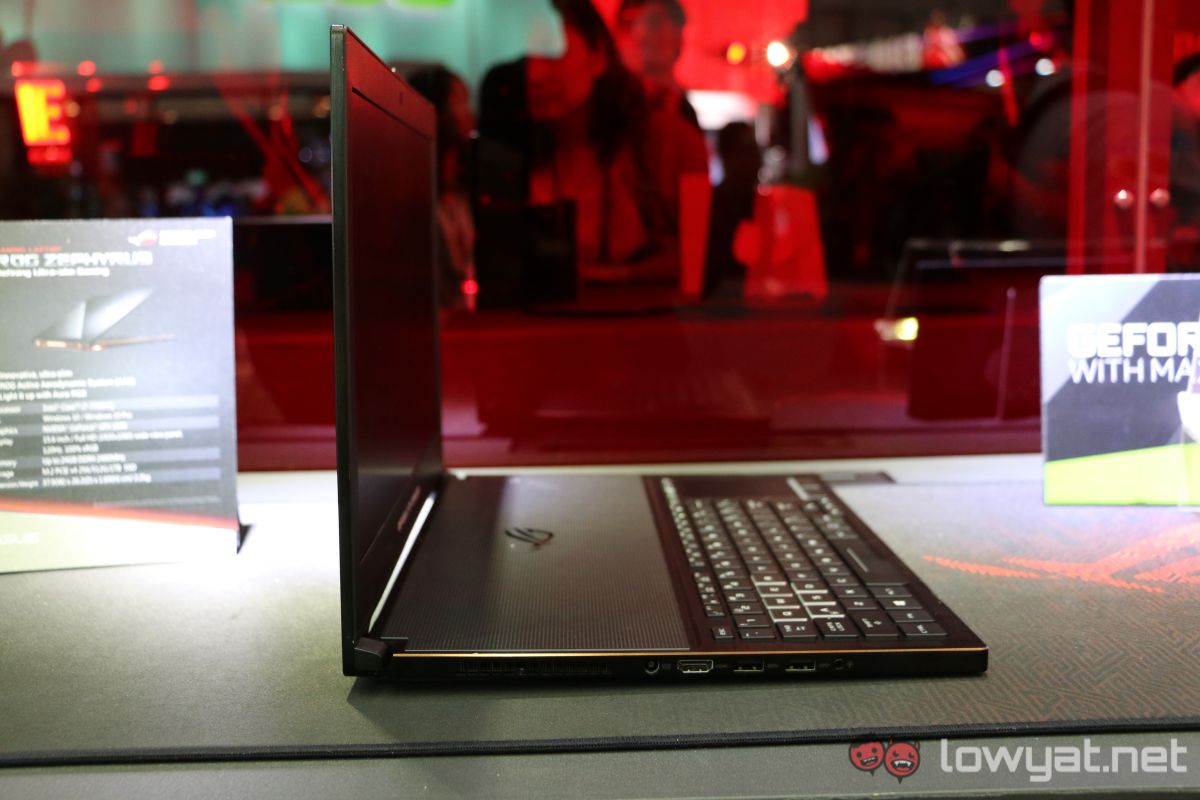
A mobile GTX 1080 GPU normally has a TDP of 150W. That same GPU, when operating under Max-Q will only have a TDP rating of around 90W. Why? Again, as mentioned earlier, Nvidia looks at the GPU’s peak efficiency point when it comes to Max-Q. That GPU may perform at its peak at 150W, but to gain maximum efficiency, it only needs 90W.
The same can be said about other components of a Max-Q designed notebook as well. The VRMs (voltage regulator modules) on the GPU board, for example, were specifically picked to ensure that there are minimal power loss. Manufacturers and Nvidia also worked together to redesign the cooling system, to ensure that the GPU and notebook stays relatively cool to the touch.

Knowing all this, consumers can at least be glad that soon, gaming laptops will become thinner and more portable. Gone will be the days where we had to choose between either getting a powerful and bulky gaming notebook, or a slim but underpowered gaming laptop. According to Nvidia, more Max-Q gaming notebooks will be revealed on 27 June 2017. So stay tuned for their announcements.
Follow us on Instagram, Facebook, Twitter or Telegram for more updates and breaking news.


